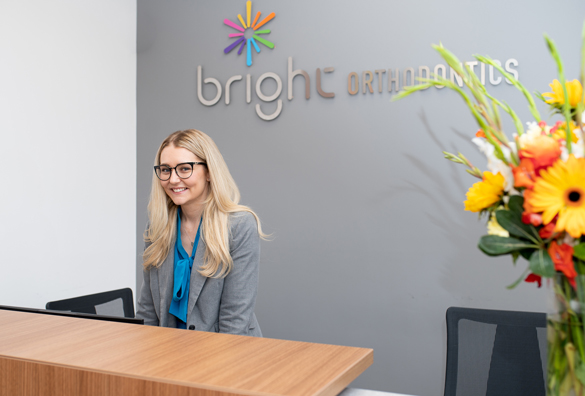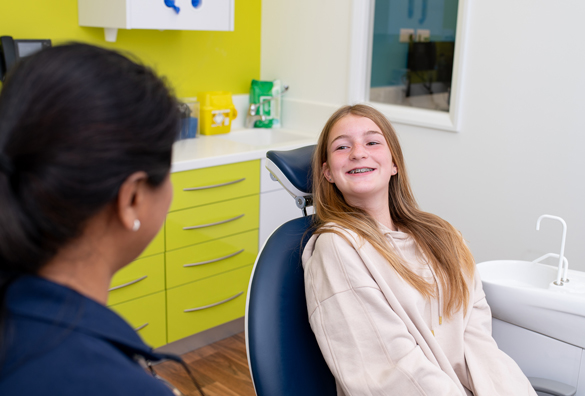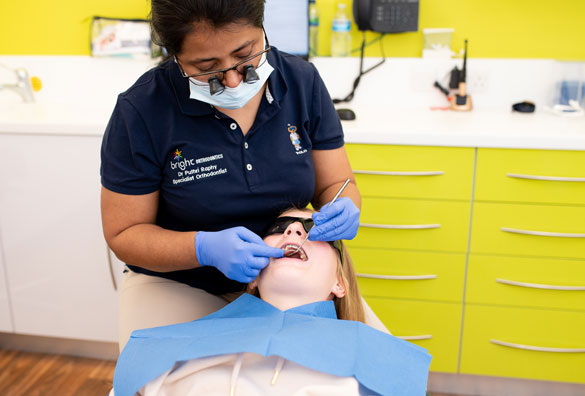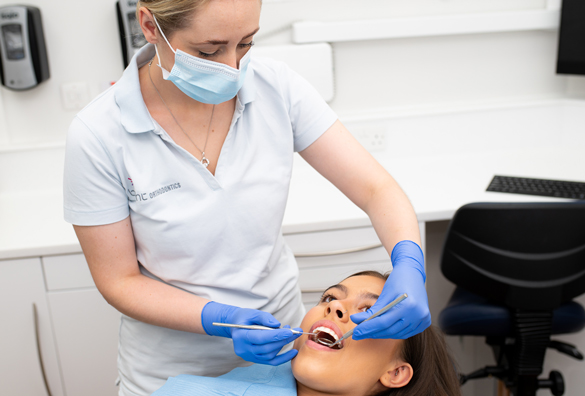
Lynsey Gibson
19:28 16 Dec 21
Being an adult getting braces can be an anxious time and it has been for me. I have seen other orthodontists before and never felt comfortable or supported. Finding Bright Orthodontics has been life changing for me. I have been supported through every step of the process. Things have been broken down, no questions where stupid questions and most of all my anxiety has been reduced in this. I would never have been brave enough to take the plunge without finding the right practice and for me I cannot thank the team enough as this will be life changing for me at the end of the process as I have always hated my teeth and hide them. From video calls, visits, photographs, scans and consultations the practice really cannot be more thorough. They have arranged and co-ordinated my tooth extraction so I didn’t need to worry about anything else they made it as easy and stress free as possible for me.
siobhan unsworth
16:11 08 Jun 21
Brilliant service. Im very self conscious of my smile and embarrassed at times, But the orthodontist made me feel reassured and gave me lots of options to choose from. I thought my initial consultation would be very daunting but i was put at ease with all the teams friendly manner. Im pleased to have chosen this team to finally correct my smile i cant wait to see the results
Lauren Jones
11:16 16 Apr 21
Everyone at Bright Orthodontics are so friendly and informative. They have been so helpful keeping me informed with the steps for my treatment and answering any questions I have. I can’t wait to see the progression at each visit!
Max Roberts
12:24 14 Feb 21
Both Dr Raphy and Dr Puthri clearly have an outstanding knowledge of how to straighten teeth. I can, without a doubt, recommend anyone to visit Bright Orthodontics if they desire a smile that will bring them joy and confidence.














